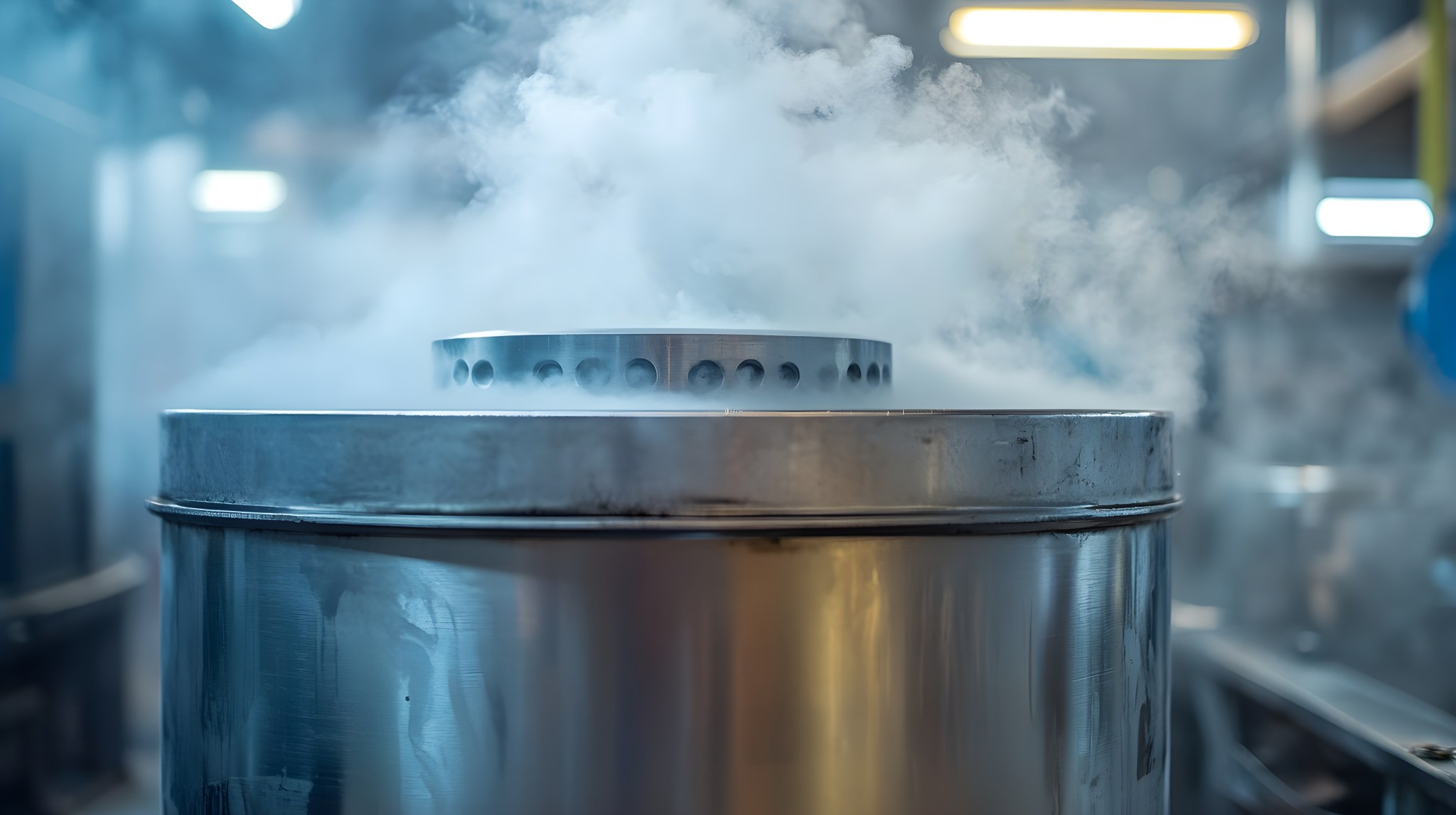In the world of cryogenic engineering, where systems operate at temperatures as low as 4 Kelvin, there is one term that defines the core of performance, reliability, and complexity: the Coldmass. At Re:Build DAPR, the Coldmass represents the heart of our most advanced cryogenic systems, serving as the central structure where thermal, electrical, and mechanical systems converge under extreme conditions.
The Coldmass is not a single part. It is an integrated assembly of superconducting coils, support structures, cooling circuits, electrical leads, and fasteners, all designed to work together at cryogenic temperatures. It is where forces from temperature change, magnetic fields, and mechanical stress all come together. To design the Coldmass successfully, engineers must account for every interaction, every constraint, and every variable that might affect performance.

Designing components that perform well at room temperature is relatively straightforward. But when systems are cooled to 4 Kelvin, the rules change. Materials behave differently, tolerances tighten, and small mistakes can have large consequences.
Here are just a few of the challenges Re:Build DAPR engineers address when developing Coldmass systems:
These challenges are not theoretical. They occur in real systems and must be addressed through detailed analysis, rigorous testing, and careful material selection. At Re:Build DAPR, we specialize in understanding these interactions and solving them through integrated engineering.
This post marks the beginning of a new blog series from Re:Build DAPR titled Engineering the Coldmass. Each entry in this series will focus on a key aspect of Coldmass design, backed by real-world projects, engineering calculations, and lessons learned.
Here is a preview of what we will cover in the coming weeks:
Whether you are designing a superconducting magnet, building a cryogenic platform, or planning a new high-performance assembly, this series is designed to give you valuable insight into how to build systems that perform reliably at 4 Kelvin.
Cryogenic systems are some of the most demanding applications in engineering. The Coldmass sits at the center of these systems, where every design decision matters. By sharing our knowledge, we hope to help others understand what it takes to engineer for cryogenic success.
If you want to follow the series or learn more about how Re:build DAPR can support your next cryogenic project, be sure to subscribe or get in touch.
Next up: Blog 2 – Getting Heat Out Fast: Thermal Contact Engineering for Cryogenic Systems
Looking to connect with an experienced team?
Look no further than Re:Build Optimation! We are excited to connect with you.